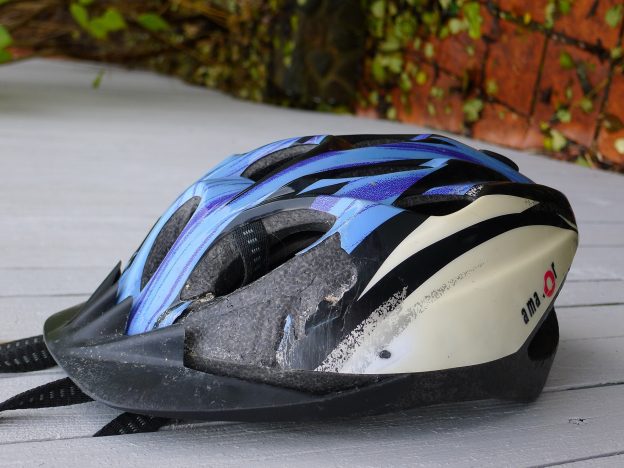The rate of suicide attempt in adolescents has been increasing for the last decades, especially in young girls. Suicide attempt is the best-established risk factor for subsequent death by suicide, therefore this increasing trend is alarming. Reportedly, only up to 9% of those adolescents who attempt suicide are seen at somatic hospitals, implying that up to 90% of all teenagers in a crisis situation with a suicide attempt may have not received professional help for their suicidal behavior. The YRSA project aims to document prevalences and early risk factors for suicide ideation and -attempt in both those seen at somatic hospitals for suicide attempt and in those who self-reported suicide attempt but do not seek somatic treatment. Further, the aim is to examine barriers and facilitators of seeking help from mental health services after a suicide attempt. The YRSA project, which combines self-reported data from the Danish National Birth Cohort with register-based data, are unique for this purpose.
Drisp: Trine Madsen









